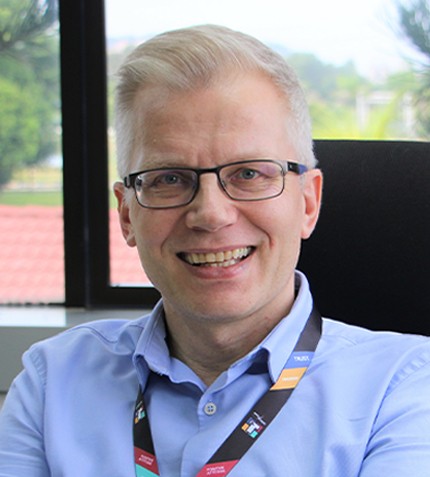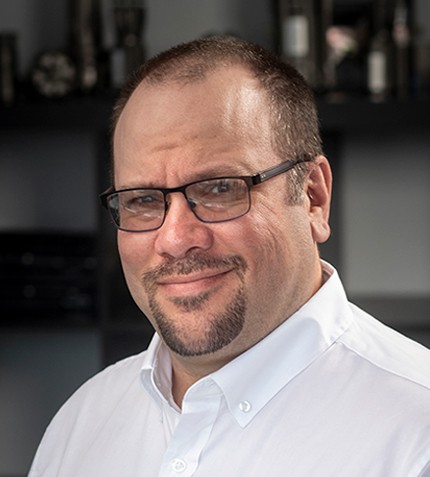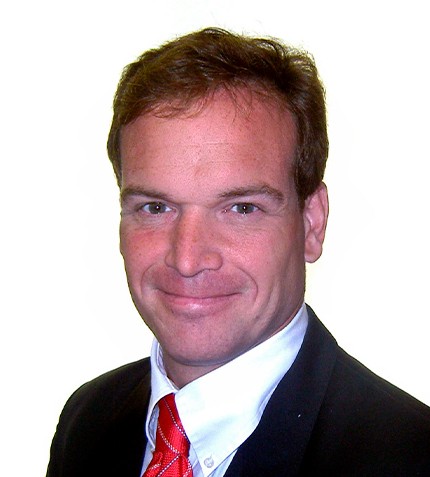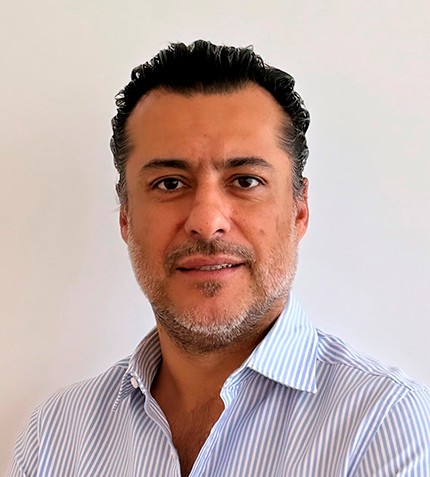
"The synergies between feedstocks, customer applications, and market presence made BPC a strong leader in Southeast Asia."
Marko Murtonen
MANAGING DIRECTOR, SENIOR VP AT BASF PETRONAS CHEMICALS SDN. BHD.
Could you introduce BASF PETRONAS Chemicals (BPC)?
BPC was formed 26 years ago as a JV between two chemical giants combining their market strength. Owning 60%, BASF brought the downstream chemicals experience, with its deep penetration in global markets, while PETRONAS came to the table with the upstream experience with the feedstocks, for a 40% share. The synergies between feedstocks, customer applications, and market presence made BPC a strong leader in Southeast Asia. About 20% of the products made in Malaysia are sold to the domestic market, while the rest is exported. Whereas BPC works as the direct marketing arm for products sold in the country, abroad we are represented by BASF’s global networks.
Could you elaborate on BPC’s capabilities in Malaysia?
Besides our corporate office in Bandar Utama, our production facility site is in Gebeng Industrial Zone, Kuantan. We have three large complexes: Acrylic Monomers; Oxo Alcohols; and Aroma Ingredients. Under the Acrylic Monomers, we are mostly producing intermediates for superabsorbent polymers (SAP), coating and adhesives industries. As for Oxo complex, we supply intermediates to customers within the same industries’ application and others (plasticizers). Our Integrated Aroma Ingredients complex is the first-of-its-kind outside of Germany, and it was established in 2017/ 2018. Additionally, we make highly reactive polyisobutylene (HR-PIB) used in oil additives, high-performance fuels, and lubricant additives. Last year, we have announced the plant expansion for 2-Ehtylhexanoic Acid (2-EHAcid), adding a second line to double its annual production capacity.
How is BPC working to reduce its Scope 1, 2 and 3 emissions?
Our strategic approach is made up of five fundamentals components: Climate Protection, Circular Economy, Positive Social Impact, Water Sustainability and Responsible Procurement & Supply Chain. Among the key targets is to achieve 35% GHG emission reduction by 2030 compared with 2018, and net zero by 2050.
We focus on a few key levers to reduce GHG emissions that are part of our carbon management program such as Grey to Green, Continuous OpEx, Power to Steam, New CO2 Free Technologies, and Portfolio Readjustment. A key project that is currently under implementation is the heat pumps installation as a keyway to making heating more sustainable, affordable, and secure. In other instances, we explore the feasibility of sustainable renewable feedstock in building our Biomass Balance certified products portfolio.
To what extent is digitalization a priority for BPC?
We started digitalizing everything from customer interface to logistics (like GPS tracking or temperature controls for our containers), and to production processes (using predictive control, AI, and AR to optimize our manufacturing), many years back. The pandemic has accelerated our digital transformation, pushing the adoption of tools to run operations remotely without any contact between different parties.
Do you have a final message?
Chemistry is all around us and it can be the solution to create a more sustainable world. At BPC, we have introduced sustainability targets and a clear roadmap defining where we are and where we are going. At our current stage, we have reached 29% reduction of CO2 emission versus the targets of 35% emissions-reduction based on 2018. Now, we are working towards carbon neutrality.
But the industry’s efforts need to be met by our customers, who can influence the carbon footprint of their products by opting for higher-priced, more sustainable products. As a company, we must also build our growth in a sustainable manner and carefully evaluate our future investments. For instance, the official groundbreaking of our 2-EHAcid expansion was well-integrated into our sustainability efforts, but also in view of our business viability in the future.
We are focused on sustainably developing our customer base to maximize productivity. We will do this by investing in our people and creating the best working environments for them. Competition for talent is fierce in an industry that has been losing its appeal for the youth. We are working hard to open their eyes to the immense possibilities of fantastic chemistry. By collaborating with universities, promoting diversity, and creating a fun and safe workplace, we want to spark the interest of young people to join this sector. In BPC, we believe that “Chemistry Drives Sustainability”.










